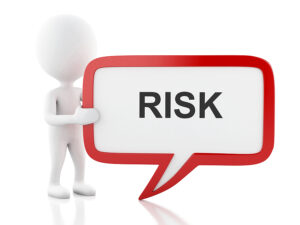Organizations are increasingly vulnerable to cyber attacks, and often, the challenges involved in securing them are not addressed correctly.
By neglecting these four crucial challenges, organizations may inadvertently expose themselves to threats, despite believing they are well protected.
Challenge 1 – Technical:
Technical challenges involve keeping up with the ever-evolving cyber threat landscape.
With new malware, viruses, and attack vectors emerging regularly, organizations must continually update their security software and infrastructure.
Additionally, the increasing complexity of networks and the widespread adoption of cloud services further complicate the task of implementing robust security measures.
To counter these challenges, organizations must invest in advanced threat detection systems, proactive network monitoring, and rigorous vulnerability testing.
Challenge 2 – Political:
The political challenge refers to the complexities that arise from the interplay of internal and external stakeholders.
Organizations must navigate the competing interests of executives, shareholders, regulators, and customers when implementing cybersecurity measures.
Striking a balance between security, privacy, and business objectives can be difficult, especially when adhering to industry-specific regulations and privacy laws.
To mitigate this challenge, organizations must foster a culture of collaboration and transparency, ensuring that all stakeholders are aligned in their cybersecurity goals.
Challenge 3 – Skills and Capabilities:
The global shortage of skilled cybersecurity professionals presents a significant challenge for organizations seeking to bolster their security posture.
As cyber threats become more sophisticated, the need for highly trained experts is paramount.
This skills gap, coupled with a rapidly evolving threat landscape, makes it challenging for organizations to maintain a strong security stance.
To address this challenge, organizations must invest in employee training, professional development, and talent acquisition strategies that prioritize security expertise.
Challenge 4 – Clearance and Need-to-Know:
A robust security strategy must consider the balance between granting employees access to sensitive information and maintaining strict access controls.
The principle of ‘need-to-know’ dictates that employees should only have access to information essential for their role. However, enforcing this principle can be challenging, as it requires organizations to assess and classify data accurately, and regularly review access privileges.
To tackle this challenge, organizations must implement strict access control policies, conduct regular audits, and embrace a culture of security awareness throughout the workforce.
Securing organizations is a complex endeavour that goes beyond merely deploying security software.
By addressing the technical, political, skills and capabilities, and clearance challenges, organizations can significantly strengthen their cybersecurity posture and reduce the likelihood of successful cyber attacks.








